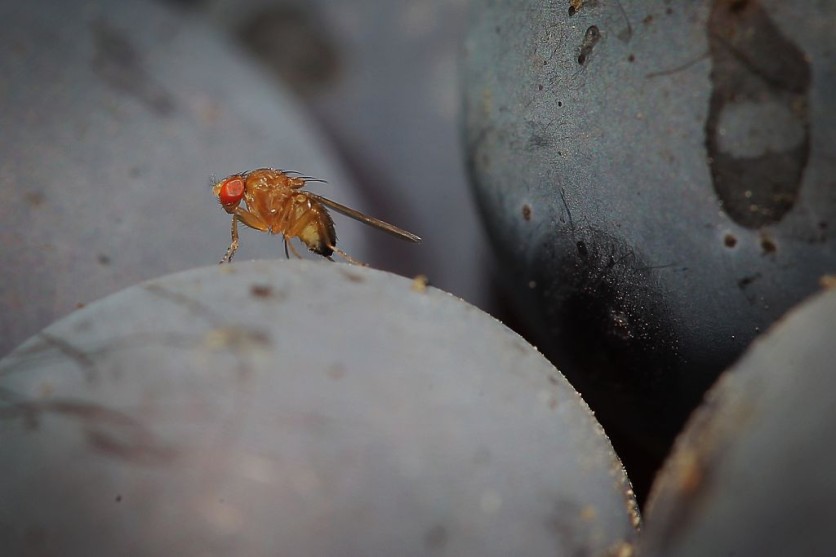A wireless technique that enables the control of neurons in a fly's brain in less than a second has been developed by a research team made up of experts from some of the leading institutions in the United States, based on a press release.
Scientists are exploring ways to use this functionality as a result of breakthroughs in our knowledge of how the brain functions to do tasks that were unprecedented in human history.
For instance, a study supported by the National Science Foundation (NSF) and the Defense Advanced Research Projects Agency (DARPA) intends to create headset technology that can read and write neural activity for another person, according to Interesting Engineering.

All About MOANA
The program, known as Magnetic, Optical, Acoustic Neural Access (MOANA), aims to create a wireless headset that can promote brain-to-brain communication without requiring surgery.
Researchers collaborating on the initiative include Rice University associate professor Jacob Robinson, whose group has created a wireless hacking technique for fly brains.
In the neural cells of flies, the study team used genetic engineering to generate a unique ion channel that can be stimulated by heat. The flies expand their wings as they would when the ion channel is opened during a mating gesture.
The flies stretched their wings when the researchers turned on the electromagnet because the electric field heated the nanoparticles, which then triggered the neurons.
The researchers also discovered that there was less than a half-second delay between the electromagnet activation and the spread of wings as seen in the experiment video.
The team was able to put everything together and demonstrate that this concept works by bringing together specialists in genetic engineering, nanotechnology, and electrical engineering, as stated by Robinson in the press release.
According to Robinson, the capacity to precisely activate cells will be useful for understanding the brain, creating brain communication technology, and treating problems related to the brain.
Read also : Tech Experts Create Wearable Material That Can Generate Electricity by Capturing Energy From Body Movements
What Does This Technology Mean For The Future?
The team is concentrated on creating technology that would assist in restoring eyesight to people even if their eyes are not functioning anymore. By stimulating the visual-related areas of the brain, they hope to achieve this and provide a sense of sight even in the absence of working eyes.
The response time must be lowered to a few hundredths of a second in order to match the brain's innate precision. Thus, Robinson said there is still a long way to go.
The long-term objective of this research is to develop techniques for non-invasively activating specific brain regions in humans for health applications.
This study was completed in association with scientists from Duke University and Brown University and was published in the journal Nature Materials.
This article is owned by Tech Times
Written by Joaquin Victor Tacla
ⓒ 2025 TECHTIMES.com All rights reserved. Do not reproduce without permission.




